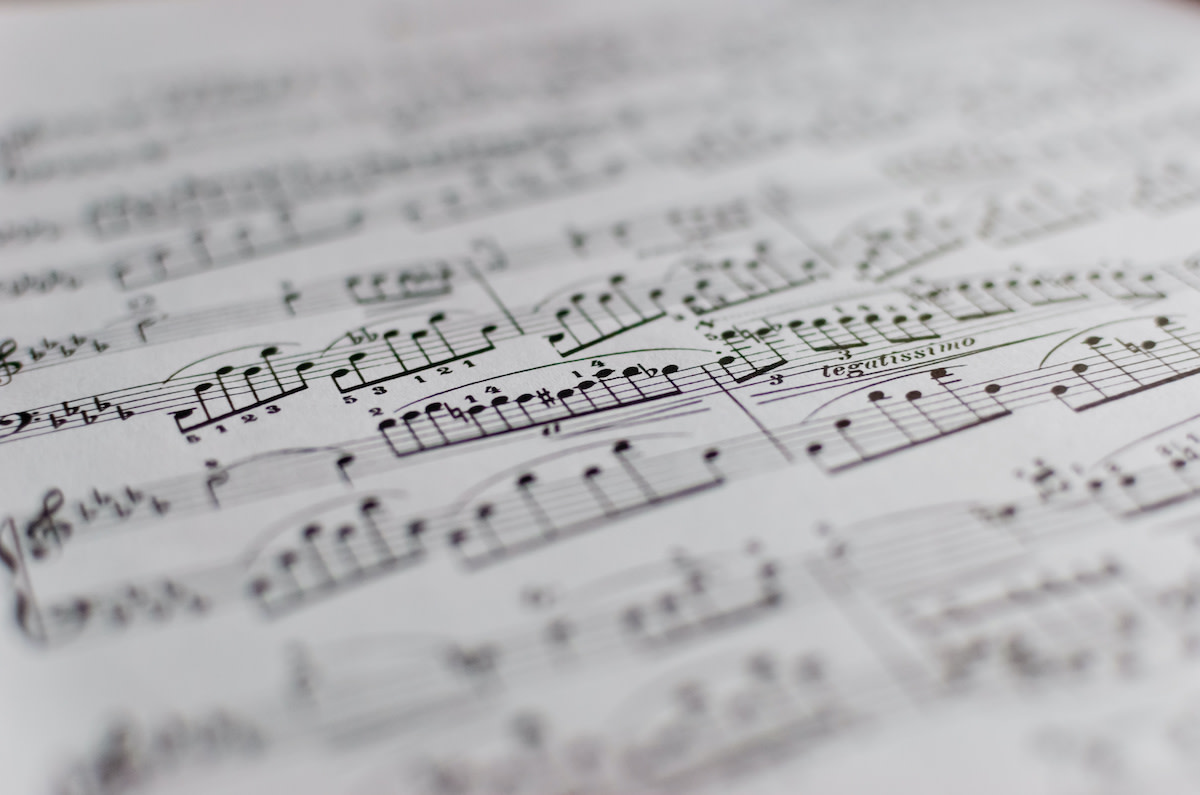Guide to Dynamics in Music: How to Notate Changes in Volume
Written by MasterClass
Last updated: Jun 7, 2021 • 2 min read
In the language of music theory, dynamics are changes in the volume with which a musician plays their instrument.
Learn From the Best
What Are Dynamics in Music?
Dynamics are changes in the volume of a musical passage. Just as each note has a unique timbre on each instrument, it also sounds different at different volumes. Some musicians, conductors, and composers communicate dynamic information in English, using words like "louder" and "softer." A formal musical score usually features traditional Italian words like forte and piano to describe dynamic levels. Composers indicate increases and decreases in volume with graphic music notation.
Why Is It Important to Understand Dynamics in Music?
Musicians need a working knowledge of dynamic range because most instruments sound remarkably different when played at different volumes. This may be most noticeably the case with woodwinds and brass instruments, but even some electronic instruments, like the electric guitar, have a distinct tonal quality when played louder or softer due to the physics of guitar amplifiers.
How to Indicate Dynamics in Music Notation
Like many musical terms, dynamic markings traditionally appear on sheet music as abbreviated Italian terms. From softest to loudest, they are:
- ppp: abbreviation of pianississimo meaning "very, very soft"
- pp: abbreviation of pianissimo meaning "very soft"
- p: abbreviation of piano meaning "soft"
- mp: abbreviation of mezzo-piano meaning "somewhat soft"
- mf: abbreviation of mezzo-forte meaning "somewhat loud"
- f: abbreviation of forte meaning "loud"
- ff: abbreviation of fortissimo meaning "very loud"
- fff: abbreviation of fortississimo meaning "very, very loud"
Sometimes a piece of music requires sudden changes in loudness, effectively resulting in accented notes. Most composers express accents with graphic music notation, but some composers and arrangers prefer the Italian terms sforzando, sforzato, forzando, or forzato—in music notation, sfz, sf, or fz—all of which indicate sudden forceful emphasis. Classical composers also sometimes use the marking fp, which stands for fortepiano and means a forte accent immediately followed by piano.
How to Indicate Dynamic Changes in Music Notation
Some dynamic symbols and markings describe gradual changes in musical volume. Both graphic symbols and Italian terms are common indicators of dynamic change in sheet music. Italian terms are more likely to appear in classical scores, while jazz and pop charts tend to use graphic notation known as "hairpins" or "alligator jaws."
The key terms for basic dynamic changes are:
- crescendo: gradually increasing in volume (abbreviated cresc. on musical scores)
- decrescendo: gradually decreasing in volume (abbreviated decresc. on musical scores)
- diminuendo: essentially synonymous with decrescendo (abbreviated dim. on musical scores)
Contemporary musical scores typically express these concepts using “hairpin” notation. These dynamic markings appear in the following form:
The opening of these “hairpins” indicates loudness. So hairpins that start open and become closed indicate diminuendo. Hairpins that start closed and gradually open indicate crescendo. These markings can extend over multiple measures as needed.
Learn More
Grab a MasterClass Annual Membership, stretch out those fingers, and get your strum on with a little help from the Jimi Hendrix of ‘ukulele, Jake Shimabukuro. With some pointers from this Billboard chart topper, you’ll be an expert on chords, tremolo, vibrato, and more in no time.
